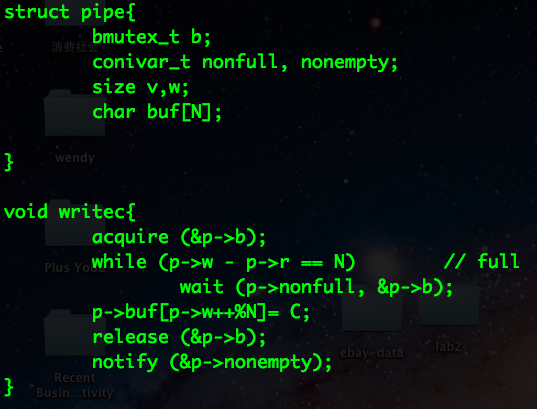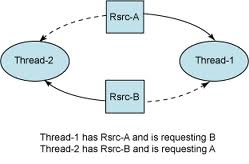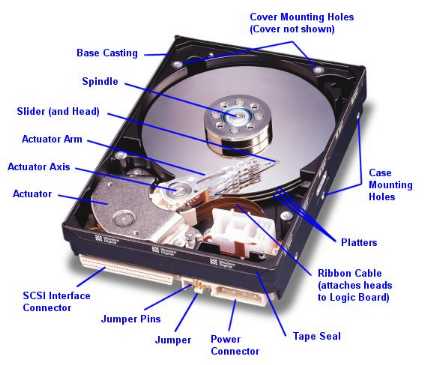CS111 Lecture 10
Condition Variable, Semaphores, Deadlock, File System Performance
Professor Paul Eggert
Notes by Zhaoying Yao
Condition Variable
Condition variable is a boolean condition. When it is met, system will wake up the process.
To set up condition variable, we need:
1. a boolean condition that defining the variable (program's responsibility)
2. blocking mutex to protects the condition
3. a condition variable of type condivar_t representing the condition
API for condition variable:
A. wait (condivar_t *c, bmutex_t *b)
B. notify (condivar_t *c)
Example:
Writec implementation with condition variable

Semaphores
A semaphore is like a blocking mutex, except it protects N instances of a resource rather than only one.
e.g. create semaphore with N=5, resources available if N>0, out of resources if N=0.
Blocking mutex is when N=1. However, mutex is a locking mechanism in charge of synchronizing access to a resource. Semaphore is a signaling mechanism in charge of switching control of resource between threads.
Naming: in Dijkstra's implementation for semaphores he named:
prolaag p, for acquire
verhood v, for release
Spinlock is the basics for condition variable and semaphores. Spin lock is using a pessimistic way, which leads to gaps between threads. We can use a optimistic way, which assumes no one is using the lock and we acquire it, then we have code that does the real work. In the end, we check if anyone has this lock. If someone does, we release it and the code that is doing real work will not execute.
Deadlock
Deadlock is when two threads are waiting on each other, in which case neither will wake up.

How to avoid Deadlock
If it's Real Time, use 1, 2 or 3.
File System Performance Problem
Storage Hierarchy
Why is hard disk slow?

Inside hard disk are disks coated with magnetic material. It physically rotates disks and a magnetic head to read and write date. A typical hard drive that puts data on same cylinder at 7200 rpm is running at 120 Hz, which is very slow compare to CPU's cycle time.
To grab random section off disk
Example Hard Drive:
Typical 1TB drive
Example SSD:
Corsair Force GT 60 GB
Hard Drive Time Example:
for(;;){
char c;
if (read (0, &c, 1)! = 1)
break;
process (c);
}
Time = average 4.16 ms(rotation)+8.5ms(read seek)+very small number
The time it takes is too long, we need to improve it.
Performance Improvement Strategies
Methods to improve the performance of a file system
Wait to see if there is more work can be done together instead of guessing what the application will do. This can be used for both Read and Write.
Advantage +: Do data in large batches, so control overhead is less per byte. This can improve performance by up to batching factor.
Disadvantage -: You need to change your source code.
Operating system guesses future reads and saves if guesses are right. Read copies from the read ahead buffer.
File system waits to see if the next task could be done at the same time. This is for Write and it's similar to Batching.
Advantage +:By delaying your work, you do your work more efficiently.
Next lecture: How to Design a File System.
Reference: http://www.cs.ucla.edu/classes/winter13/cs111/scribe/10b/
http://www.cs.ucla.edu/classes/winter13/cs111/scribe/10d/
http://www.cs.ucla.edu/classes/spring13/cs111/scribe/9a/
Hard drive image reference: http://www.pantherproducts.co.uk/index.php?pageid=whatisharddisk
Deadlock image reference: http://howtodoinjava.com/2012/10/16/writing-a-deadlock-and-resolving-in-java/